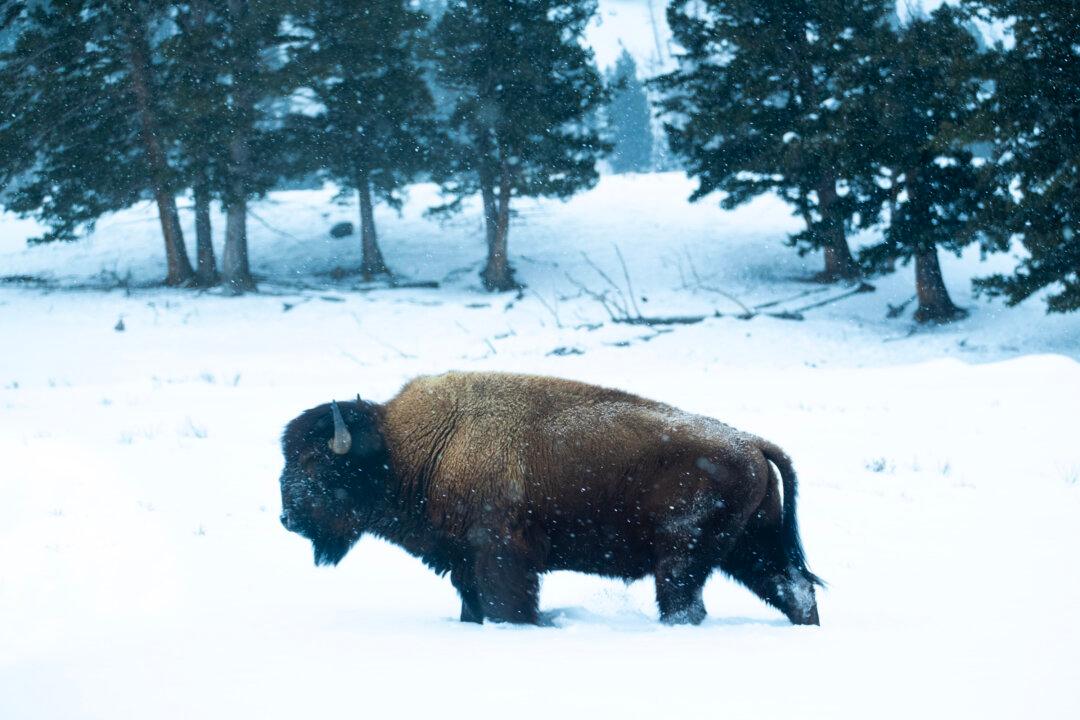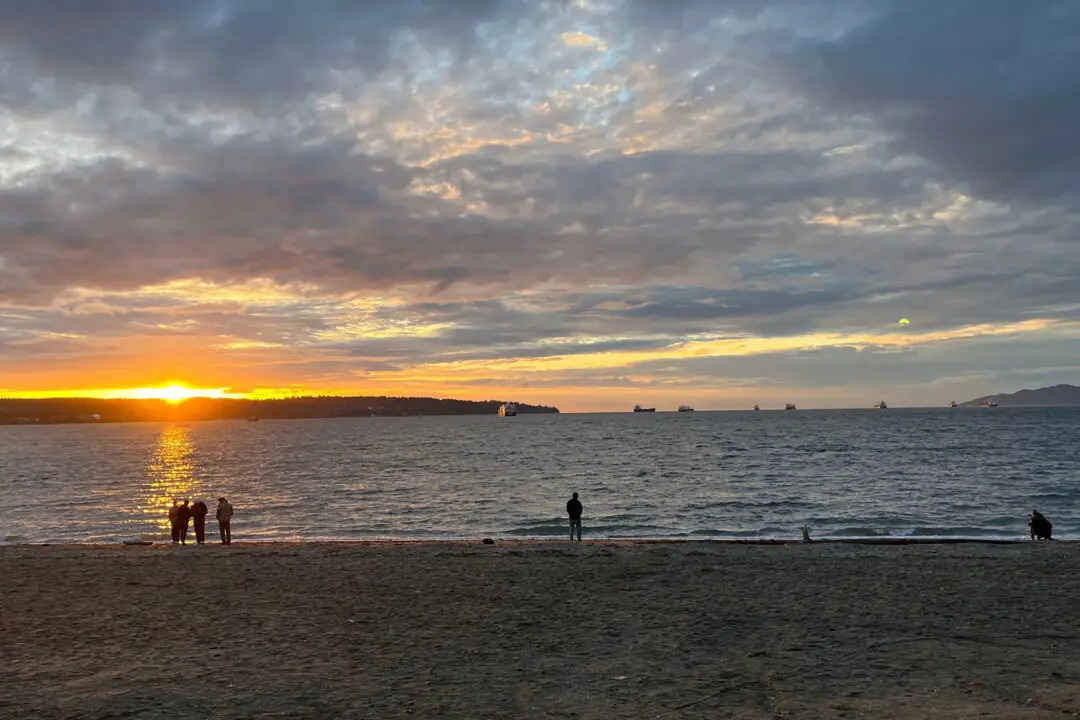By Marlise Kast-Myers
From Tribune News Service
As a surfer-snowboarder based in San Diego, the idea of traveling to the American West come winter never crossed my mind. In fact, with the first flutter of a snowflake, I habitually head to the hills for ski season—be it Mammoth, Big Bear, or an unfamiliar mountain far from home. Setting fresh tracks with hiking boots rather than a snowboard seemed a waste of precious powder.






